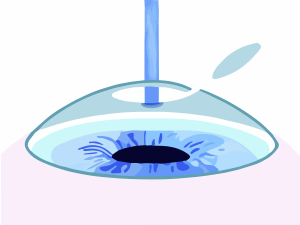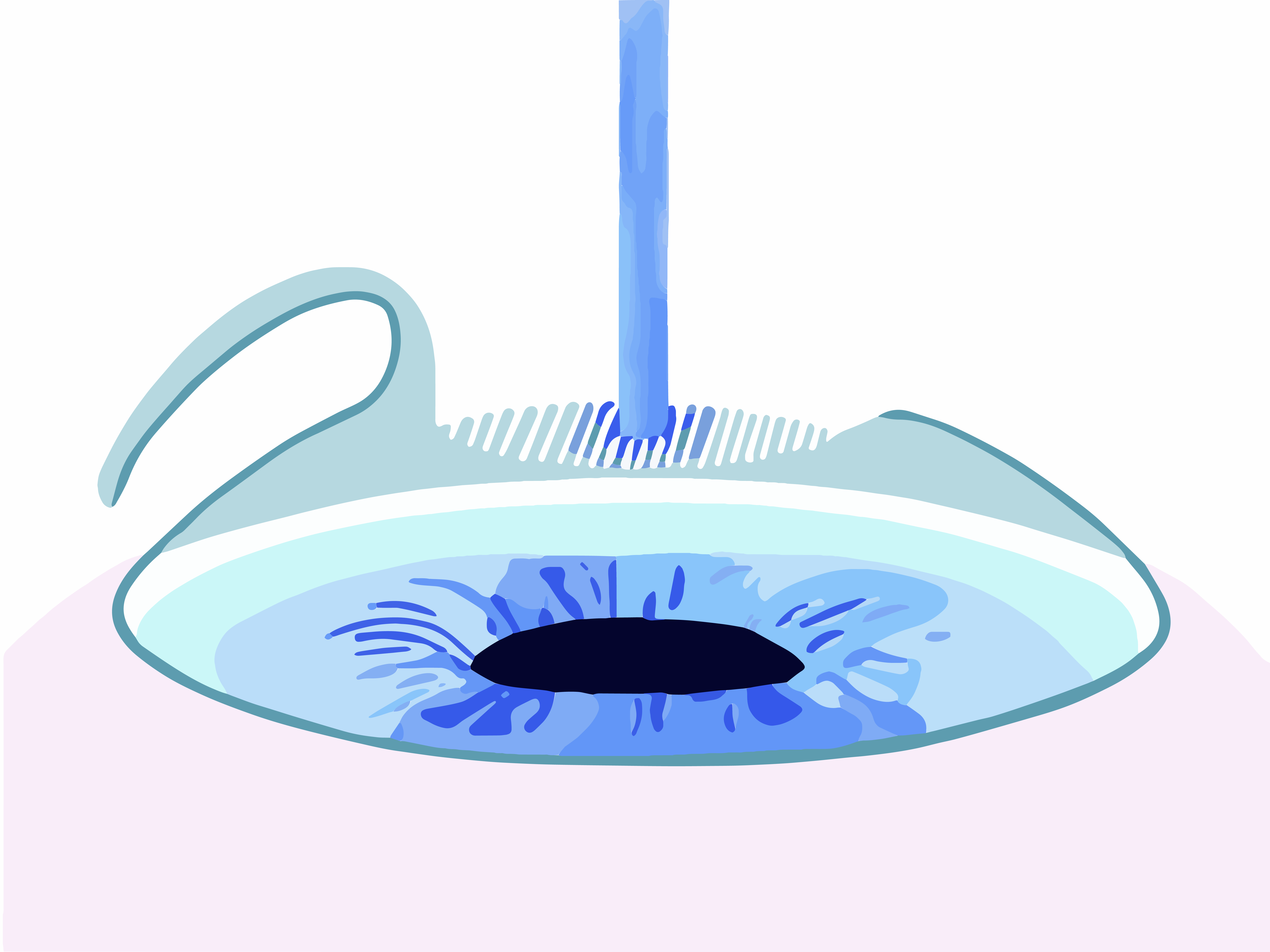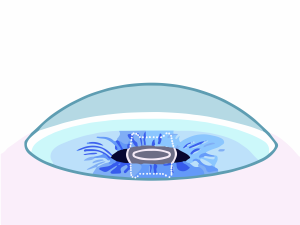Vision Correction Comparison
Modern Vision Correction Comparison Table
You can find a detailed summary comparing four of our vision correction procedures below.
| SMILE pro | TransPRK | LASIK | ICL | |
|---|---|---|---|---|
 |  |  |  |
|
| Year Introduced | 2024 | 2013 | 1994 | 1993 |
| Procedure Time Per Eye (Under experienced eye surgeon.) | 5 to 10 mins | 3 to 5 mins | 10 to 15 mins | 15 to 20 mins |
| Corneal Thickness Criteria | Ideally, central corneal thickness should be at least 550 microns thick. | Ideally, central corneal thickness should be at least 485 microns thick. More suitable for thin corneas. | Ideally, central corneal thickness should be at least 500 microns thick. | N.A No central corneal thickness requirements (ICL is not a corneal based procedure). |
| Degree Correction Criteria (Based on average central corneal thickness of 550 microns | Myopia: 250 to 800 deg Hyperopia: N.A. Astigmatism: Up to 250 deg | Myopia: Up to 1,000 deg Hyperopia: Up to 400 deg Astigmatism: Up to 500 deg | Myopia: Up to 800 deg Hyperopia: Up to 400 deg Astigmatism: Up to 500 deg | Myopia: Up to 1,800 deg Hyperopia: Up to 1,000 deg Astigmatism: Up to 600 deg |
| Suction Applied | An anatomically curved contact glass with low suction pressure is applied. No vision blackout, and feels as gentle as a contact lens. | "No eyeball touch" surgery - no suction applied. | A suction ring with high pressure is applied. The cornea is flattened, resulting in a blackout of vision. | No suction applied - a small 2 -3 mm side incision is made for the insertion of the ICL. |
| Invasiveness | Minimally invasive Involves the creation and removal of a lenticule through a micro-incision. | Minimally invasive Involves surface-based ablation of outermost cells. | Moderately invasive Involves cutting a corneal flap | Moderately invasive ICL is inserted inside the eye, beyond the cornea and deep behind the pupil. |
| Dry Eyes? | Less likely A micro-incision of 2 mm is made, instead of the 22 mm flap-cut with LASIK, greatly reducing the risk of dry eyes. | Less likely TransPRK is a surface- based procedure with no nerve endings being cut, greatly reducing the risk of dry eyes. | More likely Thousands of cornea nerve endings are cut when the cornea flap is created, resulting in the risk of permanent LASIK-induced dry eyes. | Very Unlikely ICL surgery does not involve the cornea, thus the nerve endings are untouched. |
| Flap-Related Complications? | No 0% Risk of corneal flap complications as no cornea flap is cut. 1% risk of unsuccessful lenticule extraction, requiring the patient to switch to TransPRK. | No 0% Risk of corneal flap or lenticule complications as no cornea flap or lenticule is cut. | Yes 1 - 2% risk of cornea flap complications. This includes: flap dislodgement, flap wrinkles, flap inflammations and flap interface problems. | N.A. The ICL procedure is not a corneal based surgery. |
| Discomfort During Healing | Little to no discomfort | Slight discomfort | Little to no discomfort | Little to no discomfort |
| Ability To Do Corneal Cross Linking (CXL) To Prevent Future Corneal Thinning Problems (i.e. Keratectasia) | CXL is not formally recommended by the manufacturer. | CXL can be incorporated into TransPRK. | CXL can be incorporated into LASIK. | Not applicable, because ICL is not a cornea-based procedure. |
| Can Go Back To Work | 2 to 3 days | 1 week | 2 to 3 days | 1 to 2 days |
| Full Visual Recovery | Generally takes around 1 to 2 months | Generally takes around 1 to 3 months | Generally takes around 1 month to 2 months | Generally takes around 1 month |
| Resume Light Sports e.g. Jogging, Gym, Cycling | 5 days | 1 week | 5 days | 5 days |
| Can Do More Active Sports e.g. Swimming, Diving, Bungee Jumping, Football | 2 weeks | 2 weeks (Important to wear sunglasses for 1 month after surgery) | 1 month | 1 month |
| Participate In Rugged And Contact Sports | 2 weeks | 2 weeks | It is not advisable to participate in contact sports as the cut corneal flap will never fully heal. | It is not advisable to participate in contact sports as the ICL may dislodge or injure internal structures. |
| Average cost of procedure for both eyes (Singapore) | S$5,000 - S$6,000 | S$3,800 - S$6,000 | S$3,200 - S$5,000 | S$8,000 - S$16,000 |
| Summary | SMILE was introduced in 2011 by ZEISS, as ReLEX SMILE. In 2024, Clearvision introduced the updated SMILE pro procedure, performed using the ZEISS VisuMax 800 femtosecond (ultrashort pulse) laser. With a reduced laser time as compared to before, procedures are shorter and more comfortable. SMILE pro is a great option for those who lead an active lifestyle and are looking for a short and painless recovery, without the risks of corneal-flap and dry-eye complications. This is thanks to the micro-incision being 80% smaller than the corneal-flap cut with LASIK. The suitability criteria for SMILE is not as wide ranging as compared to TransPRK or LASIK - hyperopia (farsightedness) is not yet treatable, and those with thinner corneas/higher myopia may not be eligible. | TransPRK (no-touch PRK) was made possible with the creation of the Schwind Amaris 1050RS excimer (gas) laser in 2013, and is the much improved version of traditional PRK, which was the very first laser vision correction method. TransPRK is great for anyone who prefers a "no-touch" surface-based procedure. It is especially suitable for active people, especially those participating in contact sports. It is also suitable for those who are risk-averse to corneal flap complications, wish to minimise risk of dry eye, have thin corneas and high myopia, and those who are afraid of having their eyes cut. | Introduced in the early 1990s, this flap-based laser vision correction surgery has become the most widely known and performed procedure for correcting refractive errors. There are many surgeons who perform LASIK around the world, as it is a less demanding and less costly surgery to perform. This has allowed LASIK to be more widespread and offered by many clinics. LASIK is good for those who wish to have a fast visual recovery. However, the risk of dry eyes and corneal flap complications are some disadvantages. LASIK is not suitable for those who wish to participate in contact sports, suffer from dry eye syndrome, and do not wish to have their eyes cut. | ICL (Implantable Collamer Contact Lens) has a long track record, and does not involve the use of a laser to change the shape of the cornea in order to correct vision. Instead, a lens is inserted behind the iris through a micro-incision to correct the refractive errors. ICL is a reversible procedure and offers very quick visual recovery - patients are able to go back to work within 1 - 2 days. ICL is a great alternative for patients who are found to be unsuitable for laser vision correction procedures, e.g. patients with very thin corneas, high refractive errors (above 1,000 degrees) or cornea scarring. |
Not sure whether to go for TransPRK or SMILE?
Click here to read our detailed comparison:
SHARE THIS PAGE
Facebook
Twitter
LinkedIn
WhatsApp

